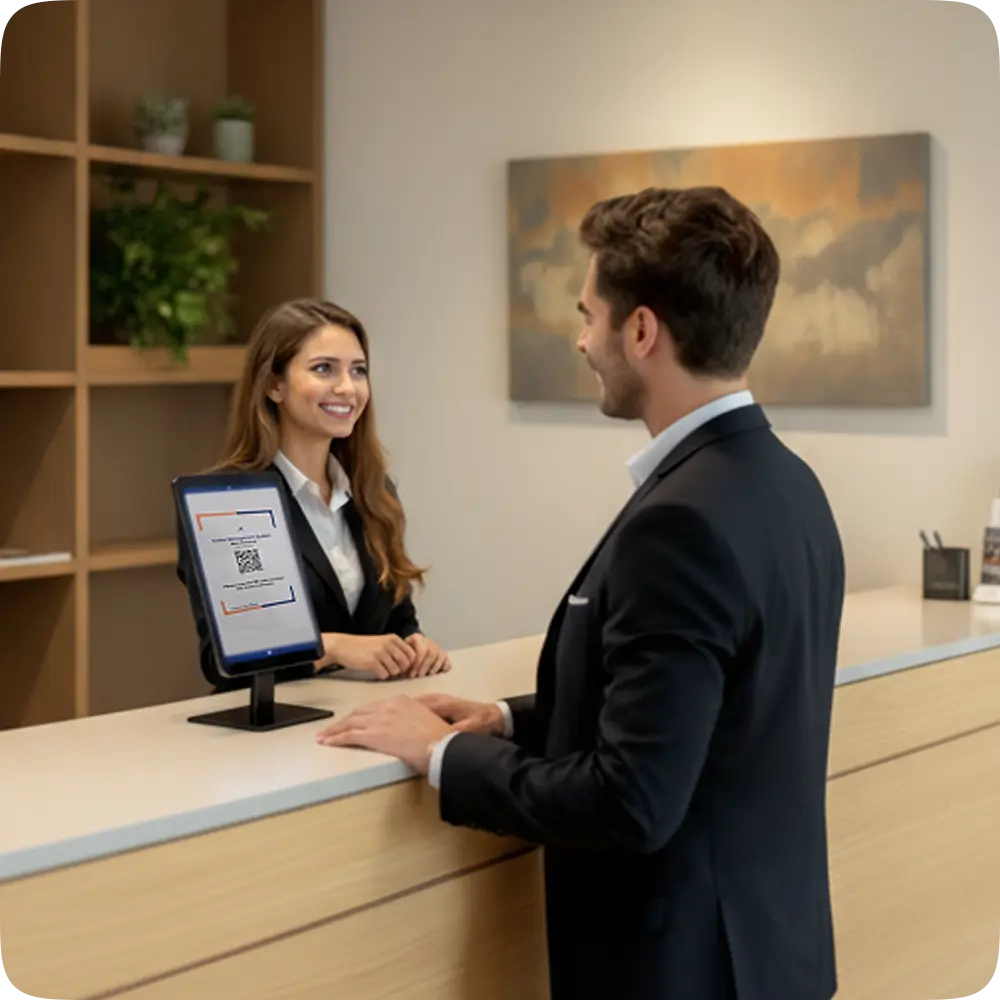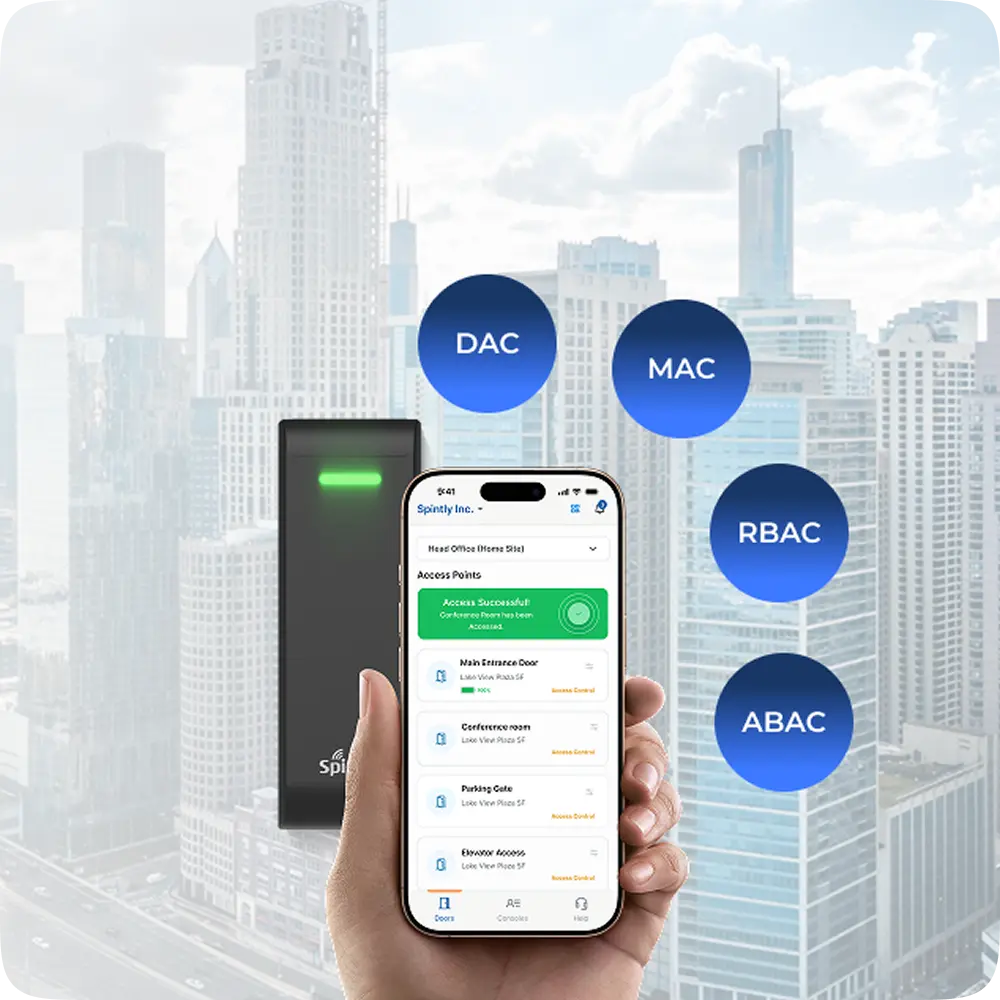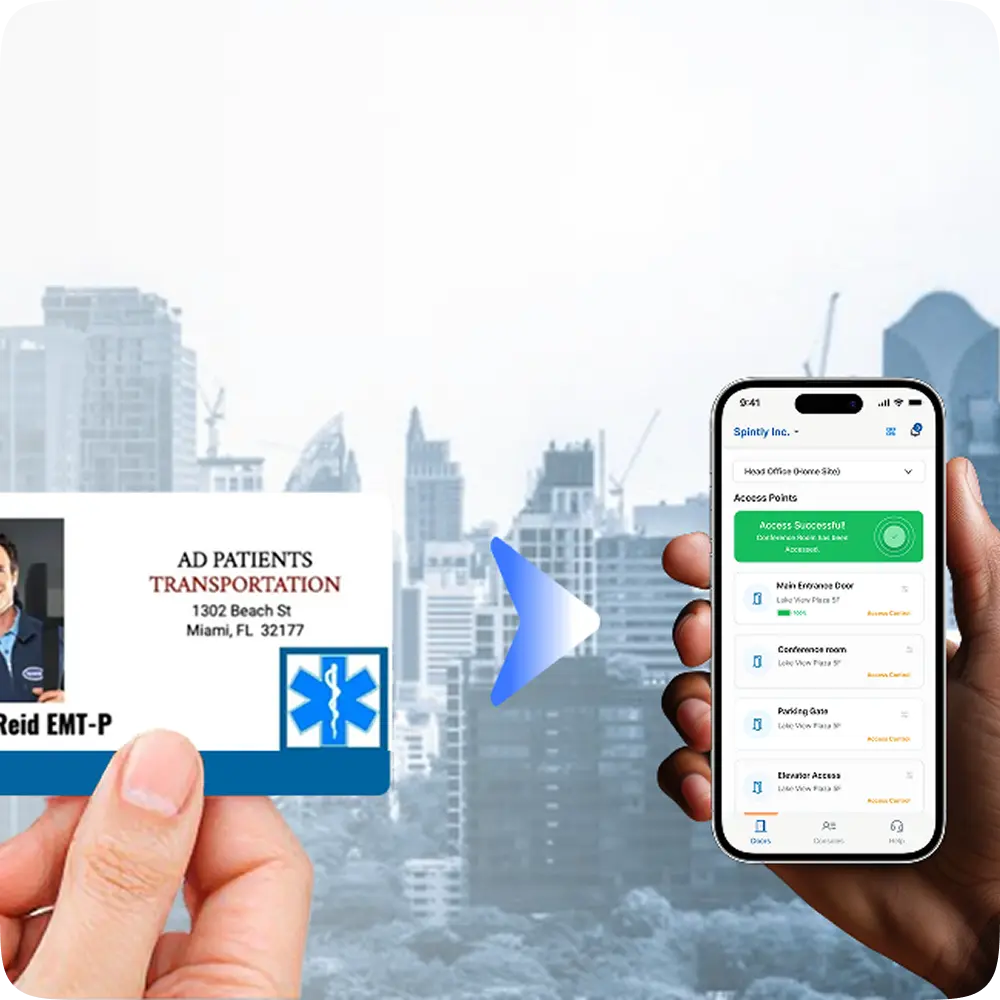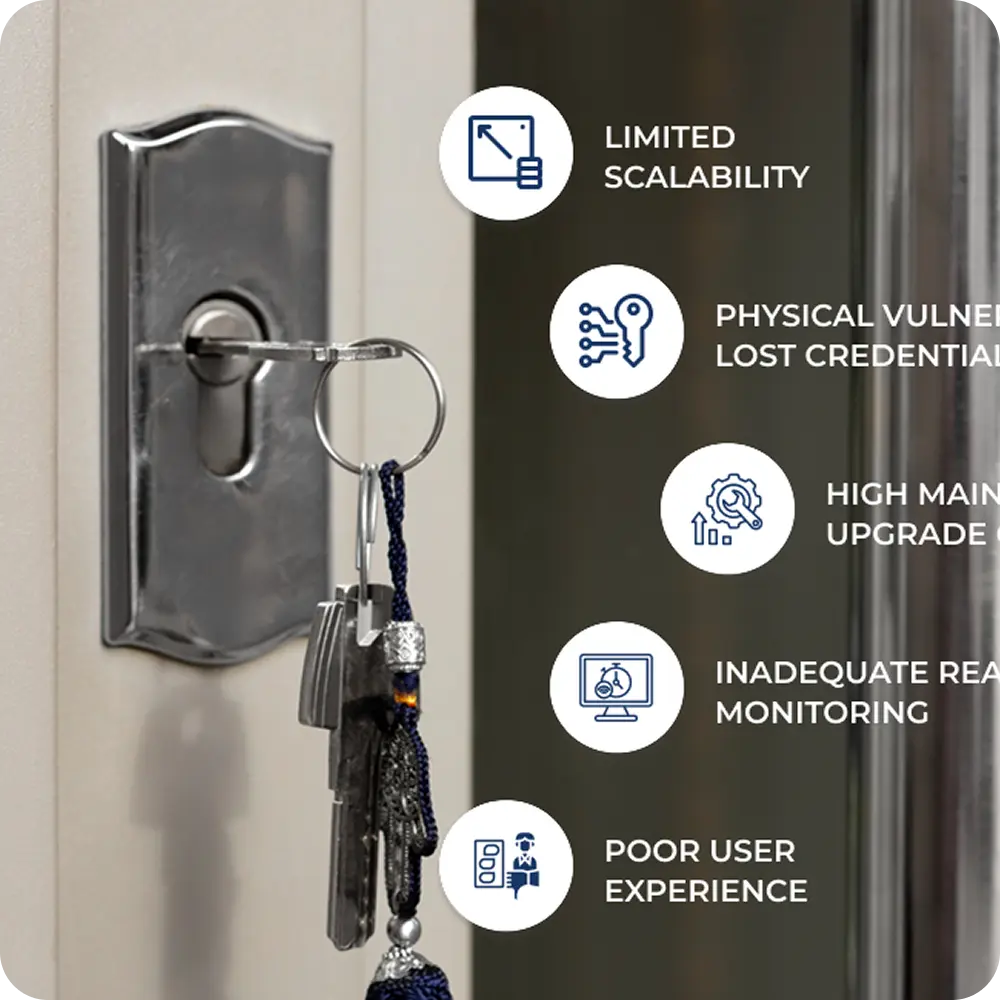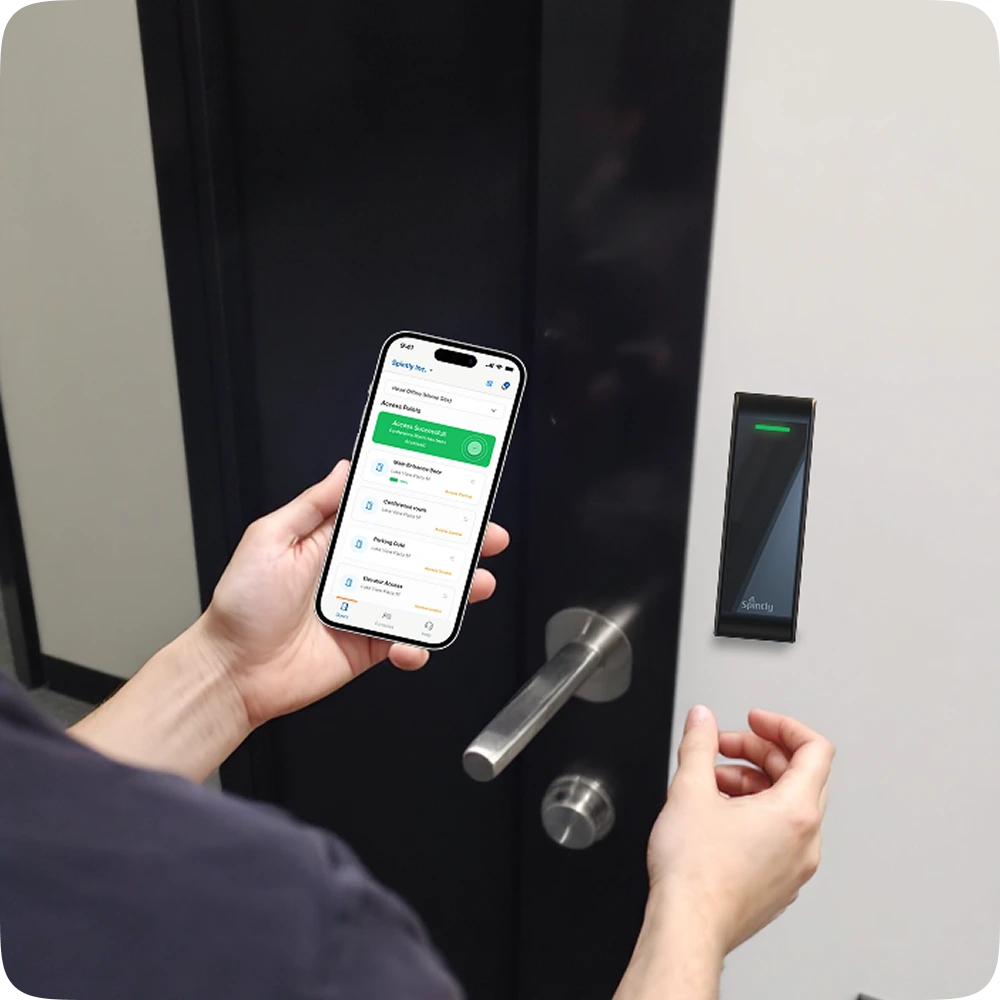As organizations evolve and expand, securing premises while ensuring convenient access for employees, visitors, and contractors emerges as a key operational priority. Traditional physical keys and card-based entry solutions are giving way to more flexible, scalable, and secure digital alternatives. Among these innovations, QR code access control systems combined with mobile app integration have rapidly gained traction, offering a powerful blend of security, convenience, and cost-effectiveness.
This blog explores the fundamental aspects of QR code access technology, how mobile app integration enhances its capabilities, and what growing businesses should consider when adopting modern access control systems.


